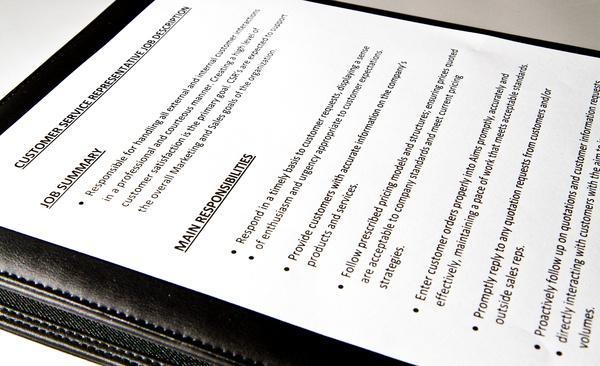Could Inflation Increase Remote or Hybrid Workforces?
Inflation has been a problem since the world started to open back up after shutting down following the COVID pandemic. In 2021, the inflation rate was 7%, and 2022 wasn’t much better at 6.5%. Some categories of inflation that reflect basic necessities for people like food (11.4% in 2022) and gas (49.6% in 2021) far surpassed the overall rate. Energy costs increased more than 20% in both 2021 and 2022.
Read more: Could Inflation Increase Remote or Hybrid Workforces?Living costs have increased somewhere between 13.5% and 45% since 2020, while wages have only increased about 9% on average over two years. Many households are scrambling to make ends meet, and many employers are looking for solutions to help.
Could increasing remote or hybrid work opportunities help bridge the gap between increased living costs and wages? Companies are looking closely at this option.
The Proposition
Remote and hybrid work saves money for companies and employees. This can lead to lower inflation through less demand for a variety of products and services. This can also lower costs for companies making those products.
Ways Companies Save
Companies save money because they don’t need as much office space, don’t need to pay to clean these spaces, and they may not need to pay for perks like fitness centers, health clinics, or cafeterias if they were providing these things before. Also, fewer sick days are taken when employees work from home because there’s less exposure to illness and they conserve energy.
Another way companies save money is by increasing wages 1-2% less than they would if workers were in offices. This is because many employees prefer to work from home and are willing to do so for less money. Fortune estimated that savings for companies in office spaces, benefits, increased productivity, and lower absenteeism and turnover may amount to nearly $11,000 per employee.
Ways Remote Employees Save
Employees save money on professional clothing, gas, and depreciation on their vehicles when they work from home. They also save money on things like child care, though some jobs may still require such care if employees are to get work done. Food and drink is another area where remote employees may save money, as eating at home is more economical than getting lunch out or buying vending machine snacks while working.
One aspect of working from home most people don’t think about are the tax breaks that could be available. These are more lucrative if you’re working on a contract basis, but you can still deduct part of your mortgage as a home office expense, healthcare expenses, and the cost of equipment you’ll need to do your work.
Data from FlexJobs shows hybrid workers can save up to $6,000 per year, while full-time remote workers save $12,000. These savings may not directly impact inflation, but they can go a long way in helping families make ends meet during rough times.

Other Benefits of Remote Work
Some of the largest price increases during this time have been in gas and energy costs. They’ve each gone up almost 50% since 2020. Being able to reduce costs for commuting and for companies to have to heat and cool large office buildings can provide a double benefit in that it can reduce reliance on fossil fuels, thus helping the environment.
Working remotely can also reduce stress for employees, though its potentially isolating effects may cancel out any stress reduction from being in a comfortable, familiar environment and avoiding workplace drama.
It’s important to consider the whole picture, not just finances, when making decisions about remote and hybrid work. For most people, there are net benefits to remote work, but it isn’t necessarily right for everyone. When looking to get a job or when companies hire staff, benefits and drawbacks should all be carefully considered.
A Good Kind of Downward Spiral
Bringing inflation down to the normal level of 2% per year is a goal for economic powers, but it’s not easy to do. As wages and the costs of materials rise, companies need to pass their rising costs onto their customers. Fuel price increases also make everything cost more. This is the upward spiral of inflation most typical during inflationary periods.
Hybrid or fully remote work arrangements can disrupt inflationary cycles and help end economic strife, This can cause a downward spiral of costs without affecting supply and demand much. Companies are worried about continued inflation causing a recession, which could impact their abilities to do business and grow.
The impacts of remote and hybrid work may be why wage growth hasn’t been as robust as it might have been. While politicians have gone back and forth about whether the country is currently in a recession, economic conditions may be worse right now without the move toward higher amounts of hybrid and remote work.
GDH offers help to fill remote, hybrid or traditional jobs quickly and efficiently. If you need assistance with your hiring, contact us today.







